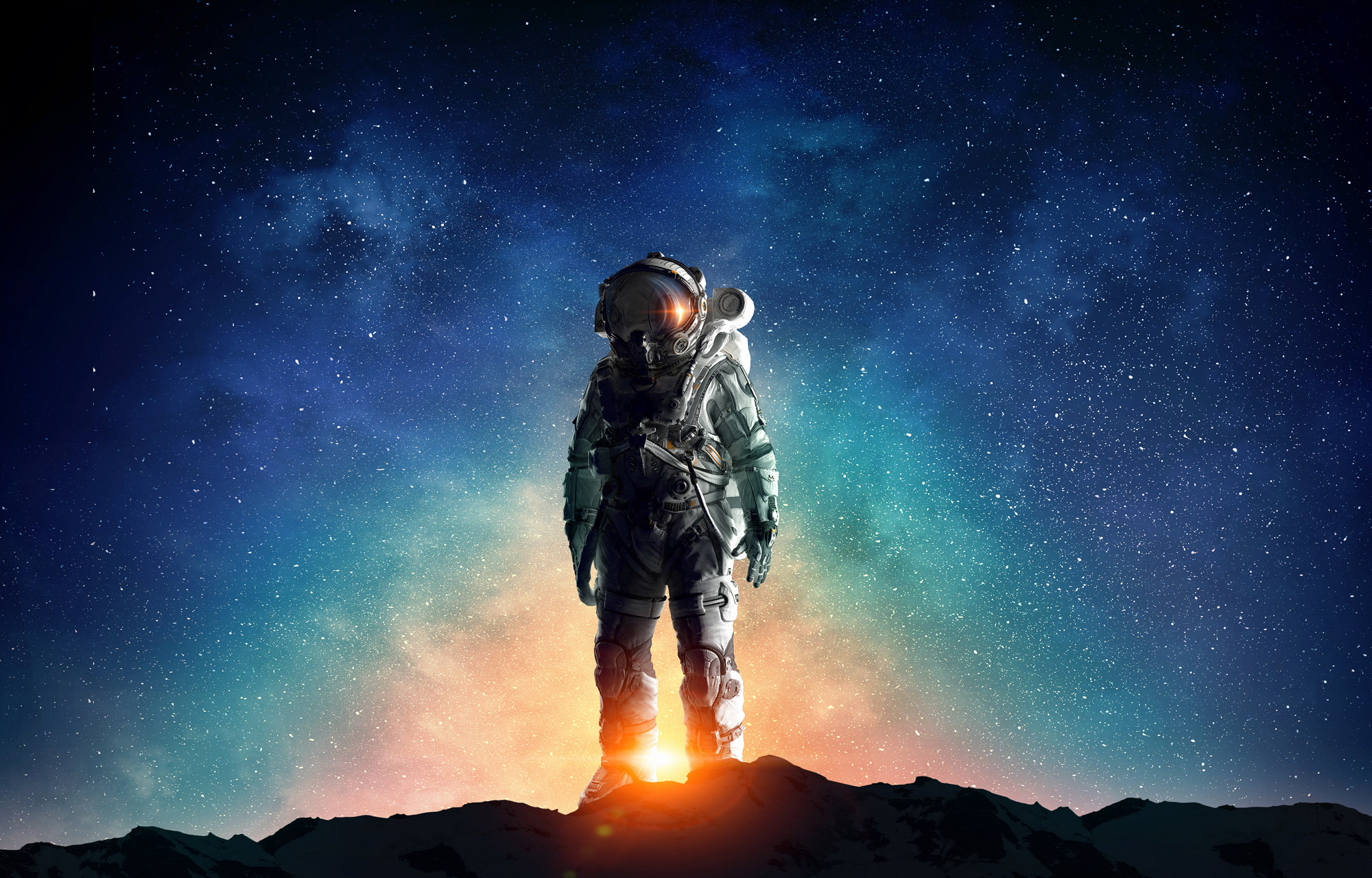
Published on Show Me Mizzou April 27, 2023
Story by Greg Brennecka, BS ’03
At the end of 2020, the Japanese Aerospace Exploration Agency (JAXA) successfully returned about 5.4 grams of the asteroid Ryugu. NASA’s sister mission, OSIRIS-REx, is currently flying back to Earth with what is projected to be more than 100 grams of a different asteroid named Bennu.
We’ll have to wait until the spacecraft arrives home in September to know exactly how much material was scooped up from Bennu, but as a member of the team that will examine bits of the asteroid, I’m one of many people eagerly awaiting its successful landing.
What makes asteroids like Ryugu and Bennu so special? Why were two separate missions selected to collect and return some of the solar system’s most pristine material to Earth? Because these types of asteroids contain not only the building blocks of our planets but also the building blocks of life.
Pristine pieces of the solar system, such as the material found in Ryugu and Bennu, are so intriguing because they formed far away from the sun and remain effectively unchanged after more than 4.5 billion years, preserving things like amino acids, ketones and nucleotide bases — organic compounds that form in the cold areas between stars and planets and yet make up proteins and comprise our DNA.
These truly are the ingredients for life, contained on a torpid bit of rock floating around space. This stuff made life on Earth possible and makes life potentially possible in many other places in the cosmos.
On a rock. In space.

My career as a cosmochemist involves researching what rocks from space can teach us about our origins. Until very recently, us cosmochemists have mostly been studying meteorites: time capsules of solar system history delivered to Earth by, well, gravity and a few lucky cosmic bounces.
But space agencies around the world are now targeting extraterrestrial samples for study, collecting the most interesting bits of the solar system to help unlock how we got here. This is just one of the wildly exciting advances currently occurring in modern space science. Ongoing and planned space missions are once again upending the ways we think about our origins and our place among the stars.
The orbiting observatory known as the James Webb Space Telescope (JWST) has only been operational since July 2022, but it’s already sparked the imagination of scientists and the public in a way not seen in generations.
For example, Mizzou Associate Professor Haojing Yan led a team of astronomers who, using data from JWST, recently announced the discovery of 87 galaxies that could be the earliest known in the universe. “James Webb already allows us to do a lot more than ever before,” he said after the January announcement. “We are basically making breakthroughs at every front. It’s going to be revolutionary.”
Ryugu. Bennu. JWST: A revolution is indeed happening in space science, one that’s greatly expanding our understanding of the solar system and the universe.
As for my own tiny part in the cosmic saga, I arrived in Columbia as a chemistry major at Columbia College, but I was drawn to Mizzou for its geology department. It didn’t hurt that the geoscience building was a stone’s throw from Shakespeare’s and the Heidelberg, but I like to tell my parents — and readers of this alumni magazine — that it was the electrifying curriculum (which is true) and world-class educators (ditto) that pulled me into Mizzou’s orbit.
As I found out early in my time at Mizzou, when geologists aren’t quenching their thirsts and eating pizza, they can be found looking at samples and trying to figure out what happened in the deep past, a forensics exercise with million-year timescales. I like to think of geology as traveling through time but obeying the laws of physics — but perhaps that’s a bit grandiose for someone who’s essentially concocting long-winded stories while looking at rocks in roadcuts along Highway 63.
As with any Mizzou geology student worth their, ahem, basalt, my professors trained me to look at, feel, break, smell and sometimes lick to taste the rocks I studied. However, when I began studying meteorites and lunar material in graduate school at Arizona State University, the tried-and-true methods of mineral identification I’d learned as an undergrad had to evolve.
For my PhD research, I worked on the oldest objects that formed within our solar system, objects born right around the time the sun was starting to emit light. I was hooked. The grand dimensions of the protoplanetary disk, its complexity and timescales, and the influence of it all on the history of life on Earth made me want to learn more about the formation and evolution of our stellar neighborhood.
But as you may guess, rock-licking or not, it is very difficult to do precise geologic reconstructions without physical samples to investigate. And that’s why, as a laboratory cosmochemist, I’m so excited about the trajectory of space exploration.
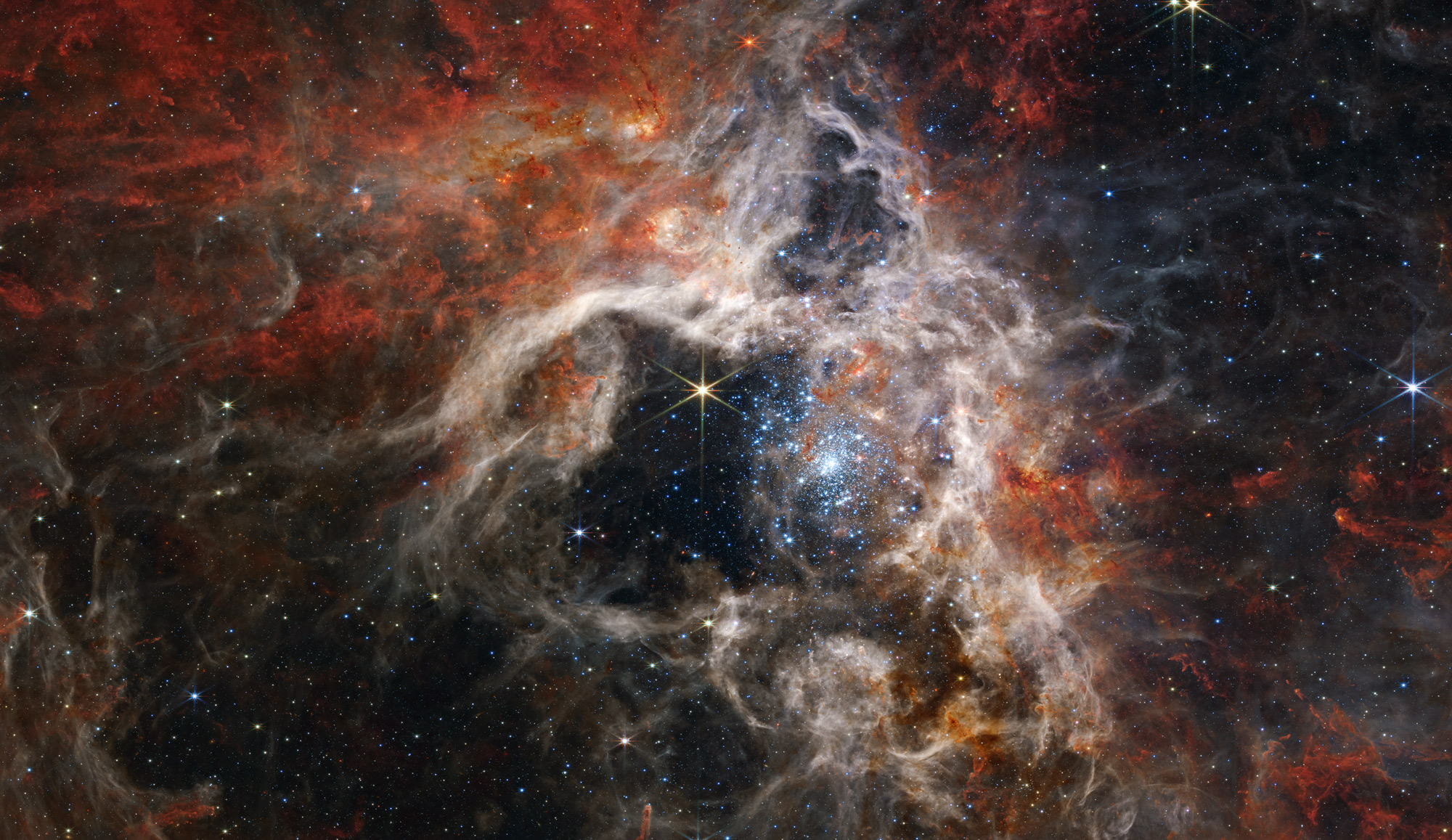
“To infinity … and beyond!”
While the physics of Buzz Lightyear’s memorable catchphrase may be debatable, the sentiment it captures is unmistakable: Explore!
The drive to do so is by no means restricted to animated characters created by humans, but perhaps this drive created humans in the first place. It’s not inconceivable that a primal curiosity and an adventurous spirit found deep in our ancestral primates drove our forebearers out of the trees in Africa, putting us on the path to inventing things like stone tools, the wheel and, eventually, stuffed-crust pizza.
And after humanity got going, boy howdy, has it included numerous adventurous leaps. Considering the Earth’s age (4.5 billion years), it took a mere blink of an eye (a couple hundred thousand years) for Homo sapiens to expand our territory from the plains of Africa to encompass almost the entire planet. Some of these adventures were born of survival. Some adventures were encouraged by hopes of treasure. Others have been simply exploration for the sake of exploration.
After modern humans had settled into the most hospitable parts of the globe, just for fun some took to checking out the least hospitable places: Missions to the polar ice caps, the highest mountains, the deepest oceans and the most forbidding jungles were the rage as we rounded the turn into the 20th century. Once we checked those terrestrial extremes off humanity’s bucket list, adventurous eyes turned upward to the moon and to outer space.
It’s hard to overstate the global intrigue and consequence of the space race, but perhaps one of the least predicted, but most important, outcomes were the throngs of schoolchildren and adults alike who flocked to science and engineering careers, wanting to play a part in the exploration of space. The technical advancements we’ve seen since are unparalleled in scope or speed.
I was not of the generation directly inspired by the women and men working brilliantly to place Neil Armstrong and subsequent astronauts on the moon. The last living person to set foot there was Harrison “Jack” Schmitt, and that occurred 50-plus years ago. As such, most researchers only know about the moon landings from history books.
And although my birth year dictates that I only know the space race secondhand, in perhaps one of the stranger occurrences of my life, I found a way to share some gut biome with someone who spent time on the lunar surface. Jack Schmitt was visiting Lawrence Livermore National Laboratory (where I work), and we were collaboratively studying some of the lunar rocks he collected during the Apollo 17 mission.
Following some nice discussions of lunar geology with a true expert, a small group of us went to lunch. Jack ordered the lasagna, but he only ate half. As one does with leftovers, the astronaut politely (or sarcastically?) asked if anyone wanted the remaining portion. In addition to lasagna being probably my favorite dish, who would turn down the chance to finish the pasta of a man who walked on the moon? Judge all you want, but Schmitt’s leftovers were delicious.
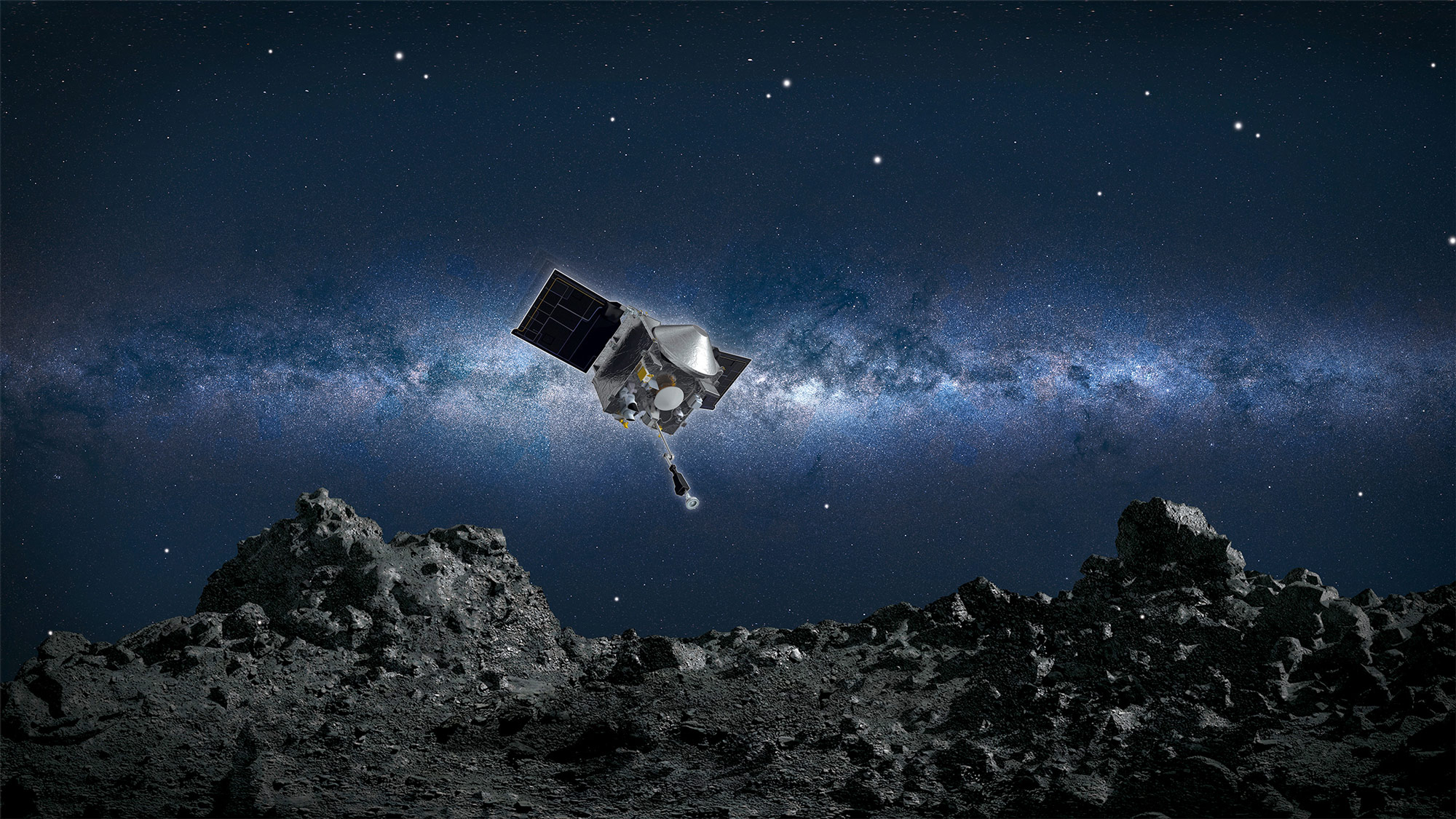
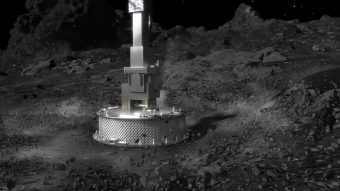
Lucky for us, lasagna-eating octogenarian astronauts are not all we have left of an amazing space program. NASA and other agencies around the globe have been far from idle in the half-century since, even if their work doesn’t often get amplified by mass media outlets.
Why haven’t these successes been more widely broadcast? Perhaps the lack of human heroes to root for? Post-Apollo space adventures have been uncrewed, the types where the payload doesn’t require a return journey to Earth.
This robotic revolution may not have grabbed as many headlines or hearts, but it has included rovers roving, landers landing and orbiters orbiting around comets, asteroids, distant moons and most of the planets in the solar system — including everyone’s favorite, Mars.
Planetary science missions within the solar system haven’t been the only avenues to space excitement; I remember images from the Hubble Space Telescope on the news when I was a kid and realizing that the actual universe was considerably larger than the 12-acre plot I considered my universe when I was growing up in northern Missouri.
I share a similar awe seeing the mind-bending images from the recently activated JWST. Maybe the force that drove our ancestors out of East Africa fuels the same sense of wonderment and curiosity that propels us to study distant galaxies and cosmic happenings beyond our stellar neighborhood. This curiosity is shared by academics and amateur stargazers alike. Whether through backyard telescopes or billion-dollar supercomputer-powered instruments, my fellow space-brained peers relentlessly search for answers to the basics of how the universe works.
We’ve learned a staggering amount from remote planetary science and astronomy, but after a half-century of remote work, space exploration within our solar system is evolving. While astrophysics is experiencing a revolution with JWST and other deep-space observatories to places inaccessible to humans, for places we can get to, NASA and its partner agencies are again focusing on crewed space missions and those that return samples to Earth.
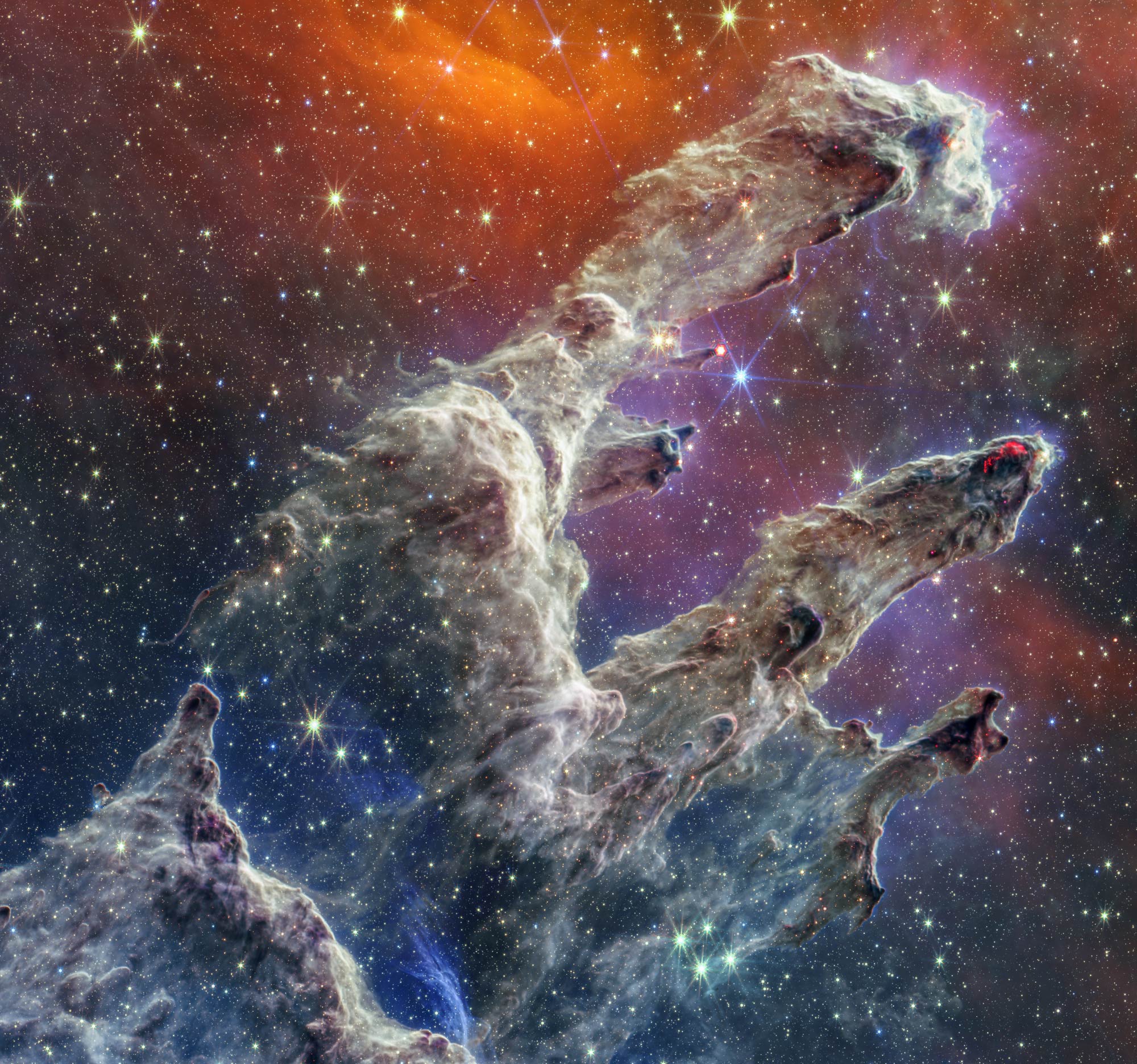
There’s just something intangible about, well, the tangible. Landing a human on the surface of another planetary body or touching a physical piece of another world evokes that primal sense of adventure inside us, and, to my great excitement, that’s where we are headed (again) in the next chapter of space science and exploration off our planet.
In addition to the return of asteroidal material, upcoming twin 8-million-pound gorillas of sample return are on the horizon: the Artemis program and Mars sample return.
The former aims to land a crew on the moon in 2025, including the first female astronaut and first astronaut of color to set foot there. But the goal isn’t to get there just to get there. The crew’s there to explore and understand and — to my excitement — return with gobs of samples, which us geo-types will explore our own way in the laboratory.
We’re going back to the moon, and history tells us that along the way we’ll again learn an immense amount about the solar system and its evolution. This time, no doubt a new generation will be inspired by the technological marvel that is space travel and by the live broadcast of a diverse crop of astronauts exploring another planetary body.
Beyond the moon is Mars, both in its location from Earth and in our adventuresome aspirations. The literal alignment of the planets plays a major role in when Mars missions can be launched, and a lot of difficult engineering feats must be perfected before embarking on much beyond a one-way trip. But human exploration of Mars is no longer limited to science fiction. It’s just a matter of time.
The Perseverance rover on Mars has already cached samples for future collection and return to Earth. Sample retrieval from Mars, a talking point for decades, will occur within my career. That’s not just an exciting prospect from a scientific perspective — it’s also just frickin’ cool.
There is no doubt that the direction of space exploration includes humans setting foot on other planetary bodies, and we are actively collecting pieces of other parts of the solar system to help us figure out how it all started. It makes me smile that perhaps our most human drive, the drive to explore and learn about our surroundings, is alive and well.
And, if he weren’t just a digitally created depiction of a molded plastic toy, I think Buzz Lightyear would be smiling, too.
Greg Brennecka is the author of the 2022 book Impact: How Rocks from Space Led to Life, Culture, and Donkey Kong.
To read more articles like this, become a Mizzou Alumni Association member and receive MIZZOU magazine in your mailbox. Click here to join.



